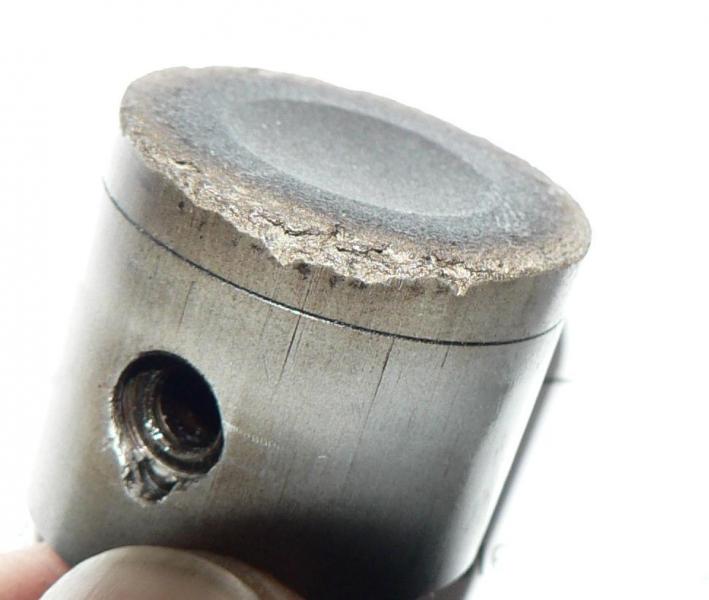Interesting stuff. I calculate the height taking into consideration the float of the rod. It is my view that the piston on the higher revving engines is retained by the rod.
My engines all have alloy rods, so I think that the tdc of the piston in the engine cold and hot are about the same. In a steel rod engine, the tdc will be slightly lower at working temp, so maybe the solder test for measuring the tdc, compensates for this. Certainly on the smaller 2.5 ss engines, the solder test will make it over compressed for the same numbers compared to how I currently do the tdc position.
Seeing the higher nitro results on the pistons and head buttons, what are you using to see when it runs best ?
If it is run slightly richer than the settings that showed the pitting on the head and piston, do you see the engine /boat run slower ?
Thanks,
Neil







